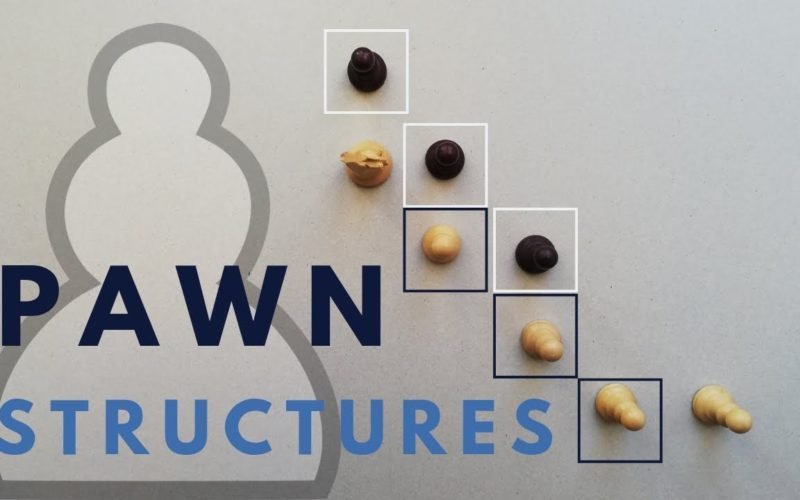Pawns are the soul of chess, and understanding how to play in certain pawn structures is crucial to understanding the middlegame.
If you can imagine a position without the pieces on, just the pawns, then the situation and the plans you will have to look for will become much clearer. That is what I would like to emphasize with this video. Know the battlefield you are fighting on! The pawns make up the battlefield, and their constellation will determine whether it will be an all out onslaught or a maneuvering game of minds in which tricks, bluffs and mind games will be employed instead of open warfare.
I have gone through the most common pawn structures in chess, and I have attempted to briefly explain the main features of each. What you have to do is find out what types of pawn structures most commonly occur in your own games. Are they open or closed? What are the pawn breaks you usually play? Once you are able to answer there, and more questions concerning pawn structure, your strength will increase ten-fold, and your understanding of the position will amplify greatly!
1) Open Center Positions – these pawn structures are characterized by open e and d files. They often involve piece trades early on and revolve around taking up the open files with your rooks.
2) Closed Center Positions (Advance Caro-Kann) – positions with blocked pawn formations require pawn breaks. Look for a pawn break at the tip of your pawn chain in order to gain activity and increase the scope of your pieces.
3) The Open e-file
4) French Defense Structure
5) Ruy Lopez Structure
6) Sicilian Najdorf Structure
7) Maroczy Bind Structure
8) Caro-Kann Structure
9) King’s Indian Structure
10) Benoni Structure
11) Karlsbad Structure
#chess

